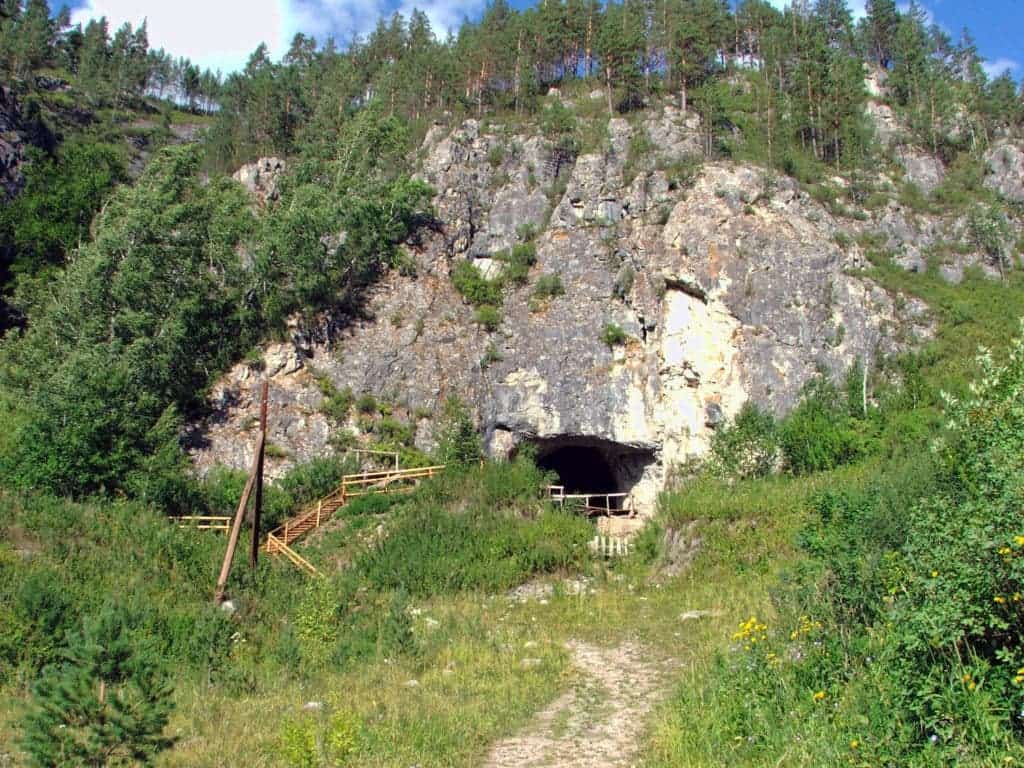Archaeologists might have just come across a game changer after a new study reports a new way of seeing if humans have been around or not.

For archaeologists, knowing where to look is extremely important. There’s no telling how many sites and even settlements we’ve yet to discover, and what mysteries those might hold. The problem is, it can be really hard to identify these places, and it gets even worse with ancient archaeology when there are almost no structures and no obvious tells.
To a great extent, paleolithic archaeologists rely on human bones to understand the context of a site. Just take the Denisova Cave in Siberia, famous for giving its name to the Denisovans, a species of humans largely similar to Neanderthals. There are plenty of tools there created by some human species, but what species was it? Was it Denisovans, Neanderthals, Homo sapiens… something else? We don’t know. Many believed they were created by Denisovans, because Denisovan bones were abundant in the cave, but the new study claims this is not the case. Even though no Neanderthals bones were found in the area, the paper’s authors confirmed their presence by studying the DNA in the soil.
“This is a game changer for researchers studying our hominin past,” says Christian Hoggard, an archaeologist at Aarhus University who wasn’t involved with the story. His words are echoed by myriad researchers excitedly tweeting the paper: “This is pretty damn incredible,” says Rob Scott, an evolutionary anthropologist at Rutgers. Tom Higham, an Oxford professor who specializes in dating bones, called the discovery a “new era in Paleolithic archaeology.”
The rarity of bones is a major problem for researchers. It’s not extremely rare for scientists to find man-made tools but no bones nearby. The fact that DNA from soil can be analyzed is a big difference.
“Although a rich record of Pleistocene human-associated archaeological assemblages exists, the scarcity of hominin fossils often impedes the understanding of which hominins occupied a site,” the study reads. “Using targeted enrichment of mitochondrial DNA we show that cave sediments represent a rich source of ancient mammalian DNA that often includes traces of hominin DNA, even at sites and in layers where no hominin remains have been discovered.”
Viviane Slon, a researcher at the Max Planck Institute for Evolutionary Anthropology, coordinated a large team of multidisciplinary researchers. After extracting genetic material from sediment samples across four caves in Europe, they carried out an analysis focusing on mitochondrial DNA, only a small portion of the DNA in a eukaryotic cell. Basically, you take the soil sample (not much, less than a teaspoon), use chemical agents to release the genetic material, and then put it in a sequencing machine. However, it’s not really as easy as that. Slon and her team used a clever innovation which relies on the geometrical arrangement of DNA, which is kind of like a jigsaw zipper tightly entwined in a double helix structure. What they did is synthesize a half of it, “baiting” and extracting the other half of the sequence from the solution it was placed in.

It’s not just human DNA that works with this, they found the DNA of ancient mammals like woolly mammoths and woolly rhinos, before ultimately finding the DNA of Neanderthals, confirming their finds using existing archaeological record. After confirming the results of their method, they move onto the unknown, ultimately concluding that Neanderthals and not Denisovans had created the tools from the Denisova cave. They also confirmed the existence of Neanderthal DNA in Trou Al’Wesse in Belgium, where tools and animal bones have suggested Neanderthal presence, but no Neanderthal bones have ever been found.
There are limits to what this method can do, as the oldest DNA ever analyzed was around 700,000 years old, but in most cases, DNA analysis can’t go that much into the past. Furthermore, you might get some DNA contamination which might be very confusing. Archaeologists analyze things in layers, but there’s no guarantee that DNA found in a layer originated in that layer — it may have migrated from a different layer. Still, the possibilities and potential of this method are extremely exciting.
Journal Reference: Viviane Slon et al — Neandertal and Denisovan DNA from Pleistocene sediments. DOI: 10.1126/science.aam9695.


